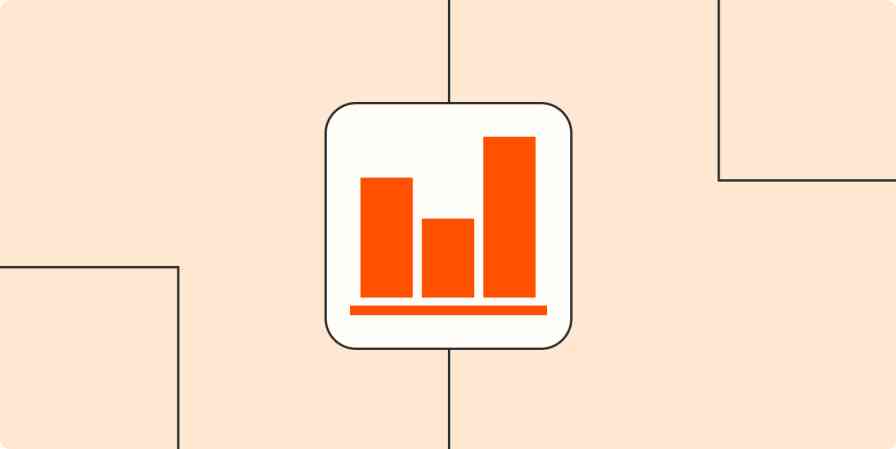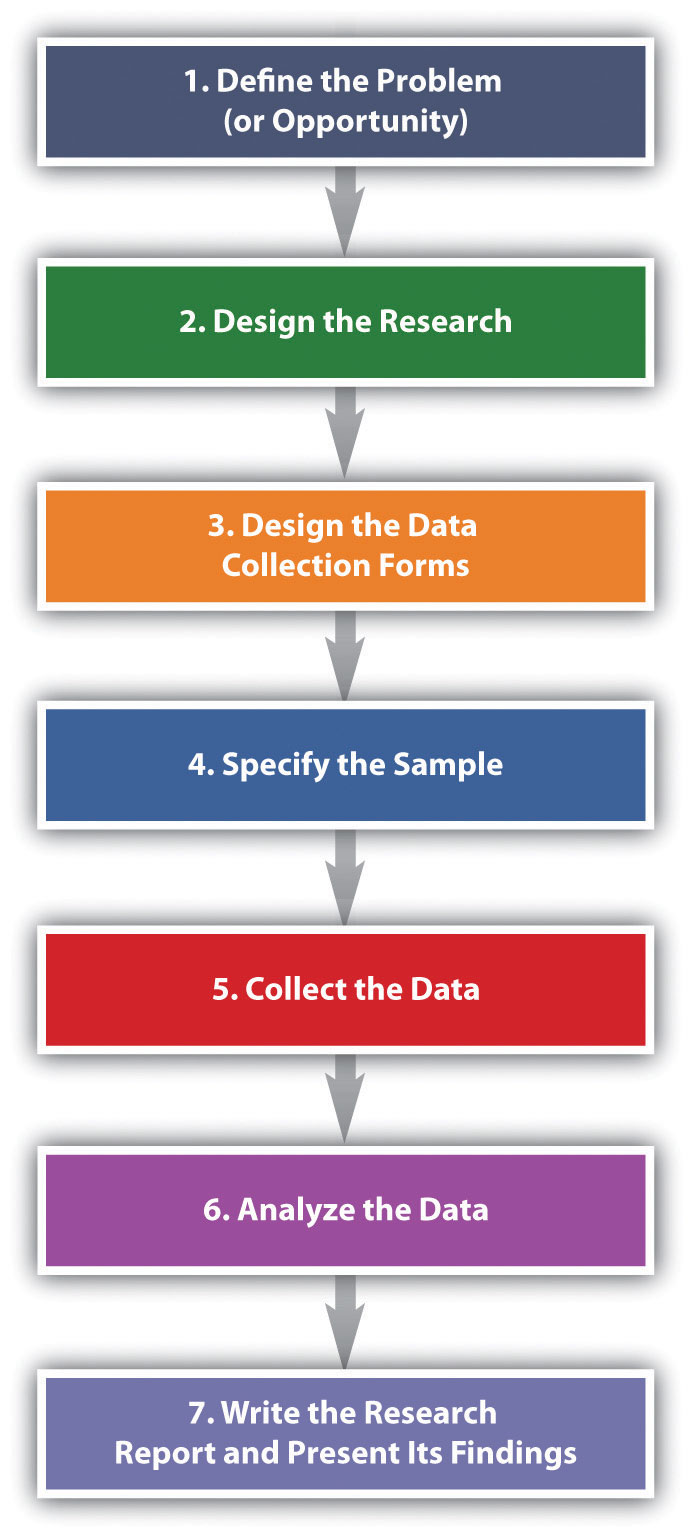In today’s competitive business landscape, understanding your target market is crucial for success. One of the most effective ways to gather insights and make informed business decisions is through market research surveys. Conducting a well-designed survey can provide you with valuable data about customer preferences, market trends, competitor analysis, and more. In this article, we will explore the importance of market research surveys, the different types available, the benefits they offer, key steps in conducting surveys, best practices for creating effective surveys, common challenges, and how they can ultimately contribute to business growth and profitability.
Importance of Market Research Surveys

Market research surveys play a critical role in the decision-making process for businesses of all sizes. They help organizations understand their customers better, evaluate market demand, and identify areas for improvement. By conducting surveys, businesses can make data-driven decisions and minimize the risks associated with launching new products or entering new markets. The insights gained from market research surveys enable companies to stay competitive and adapt to changing market dynamics.
Types of Market Research Surveys
Online Surveys
Online surveys have become increasingly popular due to their convenience and wide reach. They can be administered through email invitations, website pop-ups, or social media platforms. Online surveys offer scalability and fast data collection, making them a preferred choice for businesses of all sizes.
Phone Surveys
Phone surveys involve contacting respondents via telephone and asking a series of questions. While this method may have slightly lower response rates, it allows for more in-depth conversations and follow-up questions. Phone surveys are particularly useful when a more personal touch is required or when reaching specific demographics.
Focus Group Surveys
Focus group surveys involve gathering a small group of individuals who represent the target market. In a controlled environment, participants share their opinions, experiences, and preferences, allowing businesses to gain qualitative insights. Focus group surveys provide rich and detailed feedback, making them ideal for exploring complex topics.
Mail Surveys
Mail surveys involve sending questionnaires to respondents via traditional mail. While this method may have longer response times, it can still be effective for reaching certain demographics or older populations who may prefer paper-based surveys. Mail surveys offer a sense of tangibility and can be used to collect data from individuals who may not have internet access.
In-Person Surveys
In-person surveys involve direct interaction between the surveyor and the respondent. This method is commonly used in retail environments, events, or public places. In-person surveys allow for immediate feedback, and surveyors can clarify any doubts or confusion. This method is effective for capturing real-time experiences and emotions.
Benefits of Conducting Market Research Surveys
Understanding Customer Needs and Preferences
Market research surveys provide a direct line of communication with customers, allowing businesses to uncover their needs, preferences, and pain points. By understanding what customers want, companies can tailor their products, services, and marketing messages to better meet those needs, resulting in increased customer satisfaction and loyalty.
Identifying Market Trends and Opportunities
Through market research surveys, businesses can stay updated on emerging market trends, consumer behavior shifts, and new opportunities. This information enables companies to make proactive business decisions and stay ahead of the competition. By identifying trends early on, businesses can adjust their strategies, launch innovative products, or enter new markets before their competitors.
Evaluating Competitors
Market research surveys can help businesses gain insights into their competitors’ strengths, weaknesses, and customer perceptions. By benchmarking against competitors and analyzing customer preferences, companies can identify areas where they can differentiate themselves and create unique value propositions. This competitive intelligence is invaluable for staying relevant and positioning your brand effectively.
Testing Product Concepts and Ideas
Before investing significant resources into product development, businesses can use market research surveys to test product concepts and ideas. By gauging customer interest, collecting feedback, and understanding market demand, companies can refine their offerings, make necessary modifications, or even decide to pivot before launch. This approach minimizes the risk of launching products that don’t resonate with the target audience.
Measuring Customer Satisfaction and Loyalty
Market research surveys provide a platform to measure customer satisfaction and loyalty. By asking customers to rate their experience, gather feedback, and identify areas for improvement, businesses can enhance customer satisfaction levels. Satisfied customers are more likely to become loyal brand advocates and recommend your products or services to others, leading to increased customer retention and business growth.
Key Steps in Conducting a Marketing Research Survey

Conducting a successful market research survey requires careful planning and execution. Here are the key steps involved:
Defining the Research Objectives
Before creating a survey, it’s essential to clearly define the research objectives. What specific information do you hope to gather? What decisions will this data influence? By setting clear objectives, you can ensure that your survey questions align with your research goals and provide actionable insights.
Designing the Survey Questions
The design of your survey questions is crucial for obtaining accurate and meaningful responses. Ensure that your questions are clear, concise, and easy to understand. Avoid leading or biased questions that may influence respondents’ answers. Use a combination of open-ended and closed-ended questions to gather qualitative and quantitative data.
Selecting the Target Audience
Identify your target audience for the survey. Are you targeting existing customers, potential customers, or a specific demographic? Selecting the right audience ensures that the data collected is relevant and representative of your target market.
Choosing the Survey Method
Choose the most appropriate survey method based on your target audience, research objectives, and budget. Consider factors such as reach, response rates, data collection speed, and the level of detail required. Online surveys are often the most efficient and cost-effective option, but other methods like phone surveys or focus groups may be more suitable in certain scenarios.
Collecting and Analyzing Data
Once your survey is launched, collect responses from your target audience. Depending on the survey method chosen, data collection may occur in real time or over a specified period. After data collection, analyze the responses using statistical methods and data visualization techniques to identify patterns, trends, and correlations.
Drawing Insights and Making Decisions
Based on the analysis of survey data, draw meaningful insights that can guide business decisions. Identify key takeaways, potential areas for improvement, and growth opportunities. Use the survey findings to refine marketing strategies, improve products or services, or develop new offerings that align with customer preferences.
Best Practices for Creating Effective B2B Marketing Research Surveys
Creating effective b2b market research surveys is crucial for obtaining accurate and actionable data. Here are some best practices to follow:
Keep the Survey Short and Focused
Long surveys tend to result in lower response rates and higher drop-off rates. Keep your survey concise by focusing on the most relevant questions. Consider the time required to complete the survey and respect respondents’ time.
Use Clear and Unambiguous Questions
Ensure that your survey questions are easy to understand and leave no room for interpretation. Use simple language and avoid jargon or technical terms that may confuse respondents. If necessary, provide clear definitions or examples to aid comprehension.
Offer Incentives for Participation
To boost response rates, consider offering incentives for survey participation. This can be in the form of discounts, freebies, or entry into a prize draw. Incentives provide added motivation for respondents to complete the survey and increase the overall quality of the data collected.
Test the Survey Before Launching
Before launching your survey to the target audience, conduct a small-scale test to ensure everything is working correctly. Check for any technical issues, verify that the survey flows smoothly, and validate the clarity of the questions. Testing helps identify any potential issues or areas for improvement before the survey goes live.
Ensure Data Accuracy and Quality
Maintain data accuracy and quality by implementing measures to minimize errors or biases. Use validation checks, skip logic, and randomization to improve data integrity. Regularly monitor and clean the data to eliminate duplicate or incomplete responses.
Common Challenges

Conducting market research surveys is not without its challenges. Here are some common obstacles and how to address them:
Low Response Rates
Low response rates can impact the representativeness of the data and affect the overall validity of the survey results. To overcome this challenge, consider using incentives, optimizing survey design for mobile devices, and sending reminders to non-responders. Additionally, ensure that the survey is easily accessible and user-friendly.
Biased or Inaccurate Responses
Respondents may provide biased or inaccurate responses unintentionally or deliberately. To mitigate this issue, design neutral questions, avoid leading or loaded language, and use randomized response options. Additionally, consider using data validation techniques to identify inconsistent or unreliable responses.
Sample Size and Representativeness
The sample size and representativeness of the survey respondents play a significant role in the generalizability of the findings. Ensure that your sample size is sufficient for statistical analysis and that it accurately represents your target market. Use appropriate sampling techniques and consider reaching out to diverse demographics to improve representativeness.
Survey Fatigue
Survey fatigue occurs when respondents become overwhelmed by the number of surveys they are asked to complete. To combat this, keep your survey concise, clearly communicate the purpose and importance of the survey, and consider spacing out survey requests to avoid overburdening your audience.
Conclusion
Market research surveys are a valuable tool for businesses seeking to gain insights into their target market, understand customer needs, evaluate competitors, and identify growth opportunities. By conducting well-designed surveys and analyzing the data collected, businesses can make informed decisions, enhance customer satisfaction, and drive business success. Implementing best practices and overcoming common challenges can further improve the quality and effectiveness of market research surveys.
If you’re ready to take your market research efforts to the next level, consider partnering with Aim Technologies. Our innovative survey platform offers advanced features and analytics capabilities to help you gather meaningful data and extract valuable insights. Request a demo today and see how Aim Technologies can revolutionize your market research strategy.
FAQs
What is the purpose of market research surveys?
- Market research surveys help businesses gather information directly from their target audience, enabling them to understand customer needs and preferences, identify market trends, evaluate competitors, and test product concepts. The purpose of these surveys is to gather data that can drive informed business decisions and ultimately contribute to business growth and profitability.
How long does it take to conduct a market research survey?
- The duration of a market research survey depends on various factors, including the complexity of the research objectives, the length of the survey, the target audience, and the data collection method. Some surveys can be completed in a matter of minutes, while others may span several weeks or months. It’s essential to strike a balance between gathering sufficient data and respecting respondents’ time.
What are some effective ways to increase survey response rates?
- To increase survey response rates, consider offering incentives for participation, optimizing the survey for mobile devices, sending reminders to non-responders, and ensuring the survey is user-friendly and engaging. Clear communication about the purpose and importance of the survey can also motivate respondents to complete it.
Can market research surveys help small businesses?
- Yes, market research surveys can be especially beneficial for small businesses. They provide valuable insights into customer preferences, market trends, and competitor analysis, helping small businesses make data-driven decisions and optimize their resources. Conducting surveys allows small businesses to understand their target market better and tailor their offerings to meet customer needs effectively.
How can market research surveys benefit product development?
- Market research surveys play a crucial role in product development. They help businesses test product concepts, gather feedback from potential customers, and evaluate market demand. By incorporating customer insights obtained from surveys, businesses can refine their product ideas, make necessary modifications, and increase the chances of launching successful products that resonate with the target audience.




